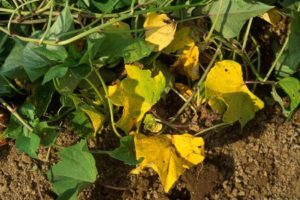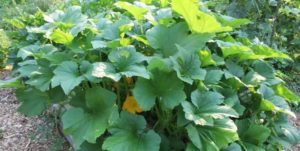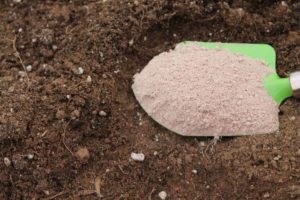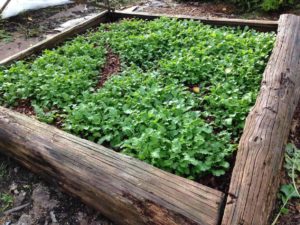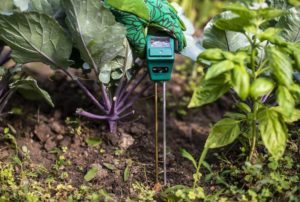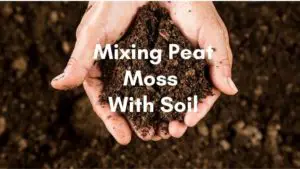Nitrogen is actually a very important element that plants depend on in order to grow. Nitrogen helps produce chlorophyll which assists plants to photosynthesize. A lack of nitrogen will produce very weak, fragile plants that don’t grow to their potential. If your garden is lacking nitrogen, you will need to add nitrogen to the soil.
Nitrogen-deficient plants have small leaves, tiny stems, and short roots that might not be strong enough to support the plant, overall. Not the kind of plant you want to grow in your garden.
To avoid nitrogen deficiencies, gardeners mix soil with nitrogen-rich fertilizers to restore the natural equilibrium. What happens when you add too much nitrogen-rich fertilizer or if the soil is naturally producing high levels of nitrogen? Does it pose a risk to your plants? The answer is yes, it does cause harm, but nothing that can’t be fixed.
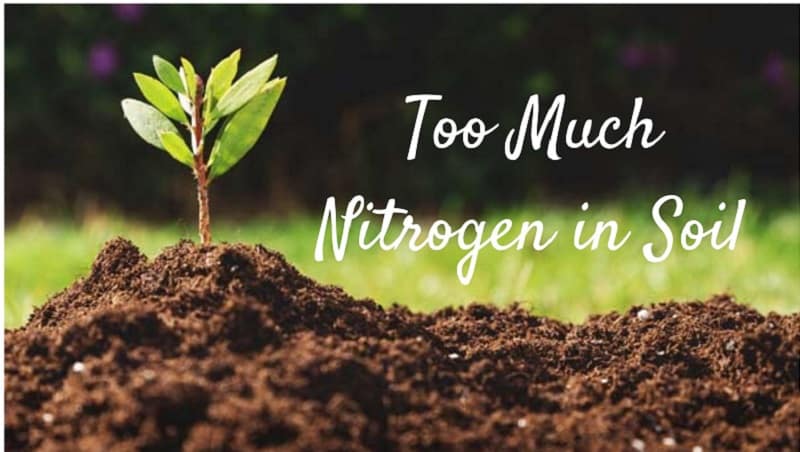
How to Fix Too Much Nitrogen in Soil
Fortunately there are different ways to fix too much nitrogen in the soil and correct the nitrogen levels. In order to counteract too much nitrogen in the soil, there are plants that can be planted that will treat the problem. You can also lay down mulch to fix too much nitrogen.
Using Other Plants to Lower Nitrogen Levels
If you have room to squeeze a few more plants in your garden, then it might be worth planting some nitrogen loving plants to naturally lower nitrogen levels in the soil. Leafy green plants tend to require more nitrogen than gentle flowers. Here are a couple of nitrogen loving plants you could go for:
Plant Lettuce to Fix Too Much Nitrogen in Soil
Lettuce requires a lot of nitrogen to grow. In fact, gardeners add calcium nitrate and ammonium nitrate in large doses to grow good quality lettuce. Between 1 and 2 pounds for every 100 feet is needed for lettuce growing.
Plant Brussels Sprouts to Deal with Too Much Nitrogen in Soil
Brussels sprouts need to be planted in soil with lots of nitrogen. They need high doses of nitrogen early on in their growing stages, so you should see a drop in nitrogen levels in the soil early on.
Are you sensing a theme here? That’s right, veggies love nitrogen. If you want to use this method to lower your nitrogen levels follow these steps:
- Choose a leafy nitrogen loving vegetable to plant in your garden.
- Clear the soil of any debris that may interfere with the growth of the vegetable.
- Plant the vegetables in the desired area, making sure the soil is packed tight on the roots.
- Keep the plants hydrated, they will need watering when the top 2 inches of soil is dry. This might not be every day, or it could be twice per day. Every area and climate is different so it’s always best to check soil conditions first.
- Do not use fertilizer. A lack of fertilizer will force the plants to extract nitrogen from the soil.
- After 3 or 4 months, dig up the plants and test the soil.
Mulching to Lower Nitrogen Levels
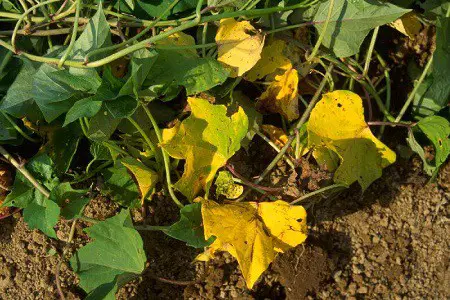
Mulching is a great solution to a lot of gardening issues like too much nitrogen in the soil. If the soil is too dry, use mulch. If the soil is too hot, cover it with mulch. Watch out for mulch that is organic as it could contain weed seeds and start a whole other issue in your garden.
Sawdust and wood chip mulch is the best for reducing nitrogen levels in the soil. Here is our step by step mulching guide:
- Cover the soil with 2 inches of mulch.
- Leave the mulch undisturbed on the soil for 3 to 4 months.
- Till the soil after a few months.
- Send a soil sample for testing.
Please note that this process is only effective in the winter.
Chemicals Methods for Fixing Too Much Nitrogen in Soil
There are chemical methods of reducing nitrogen in the soil, this should be the very last result as you may find that incorrect applications of the chemicals could ruin the soil completely. If you catch the nitrogen issue in time, natural methods will work quickly and effectively to bring back the soil to its optimum conditions.
Signs of Too Much Nitrogen in Soil
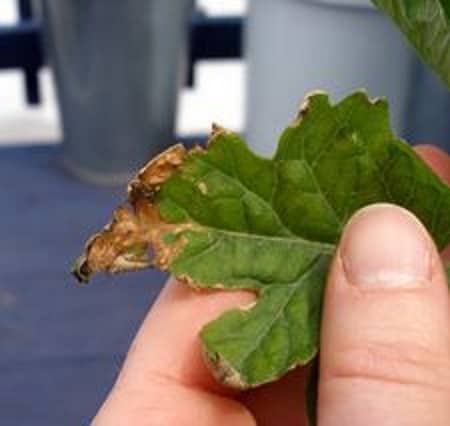
High levels of nitrogen in the soil result in high levels of salt, which is a serious plant issue. High salt levels in the soil stop the plants from getting enough water, no matter how much you water them. How can you tell if there’s too much nitrogen in the soil?
Short Roots, Large Leaves
When the plants are first exposed to a lot of nitrogen, you may think they are at their peak. This is because they grow larger than usual, luscious leaves and foliage.
Over time, you will notice that the plant isn’t producing fruits or flowers and it would appear to have stopped growing. This happens because all of the plant’s energy is being redirected to the leaves for photosynthesis leaving none left for growing the roots, flowers, and fruit; so they suffer tremendously because there’s too much nitrogen in the soil.
Have you recently had a nitrogen issue in your garden? If so, how did you fix it? Test the soil in your garden every few months to make sure everything is as it should be.

